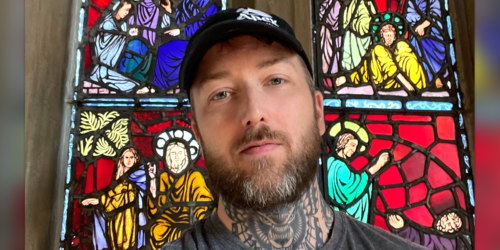Chronic hepatitis B in Canada: Challenges, insights and pathways forward
December 4, 2024 • By Jean Damascene Makuza, Daryl Luster and Dahn JeongHepatitis B is a liver infection caused by the hepatitis B virus (HBV), which can result in either acute or chronic infection. Most HBV infections are transmitted from mother to child at birth, shortly after birth, or during early childhood. Research shows that infections in babies and young children are more likely to become long-term, so vaccination at birth is crucial to prevent transmission. Other modes of transmission include exposure to infected body fluids like blood, saliva, vaginal fluids and semen. The main transmission routes include injection drug use, vaginal, anal and oral sex, being born to a mother with...






